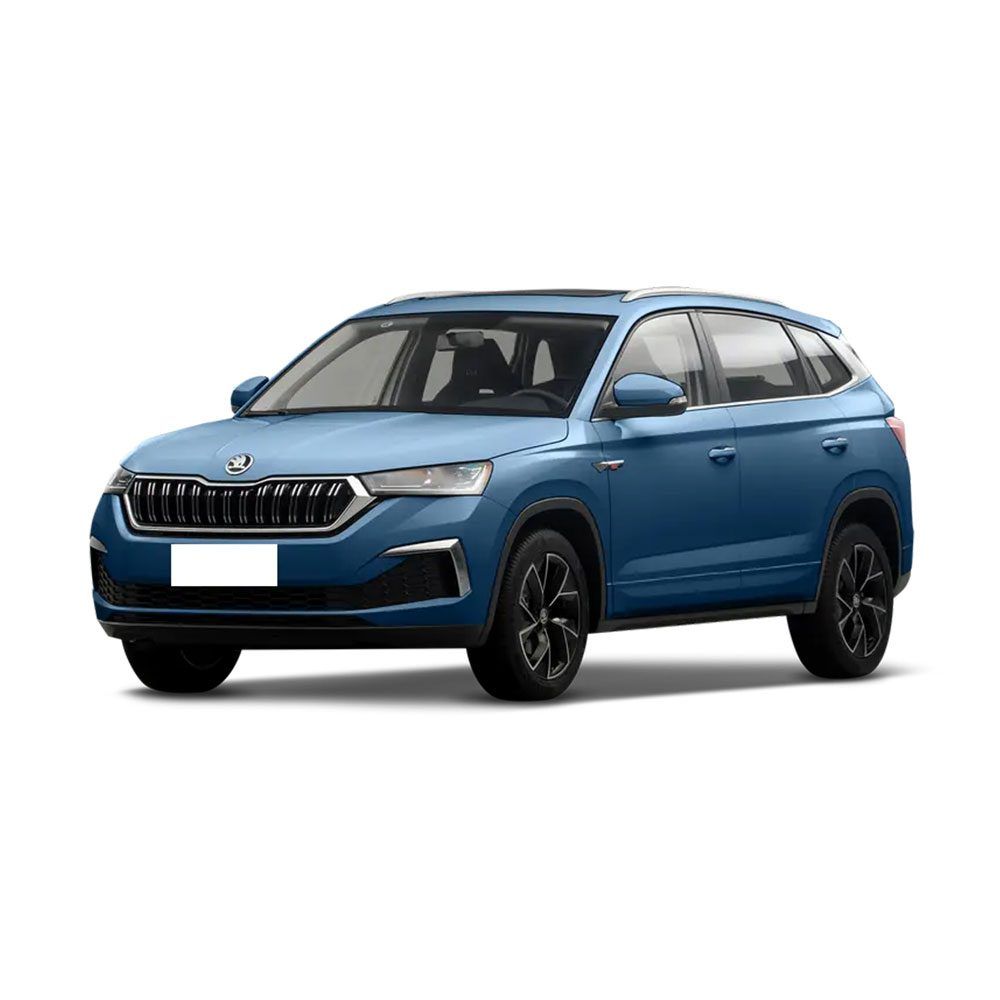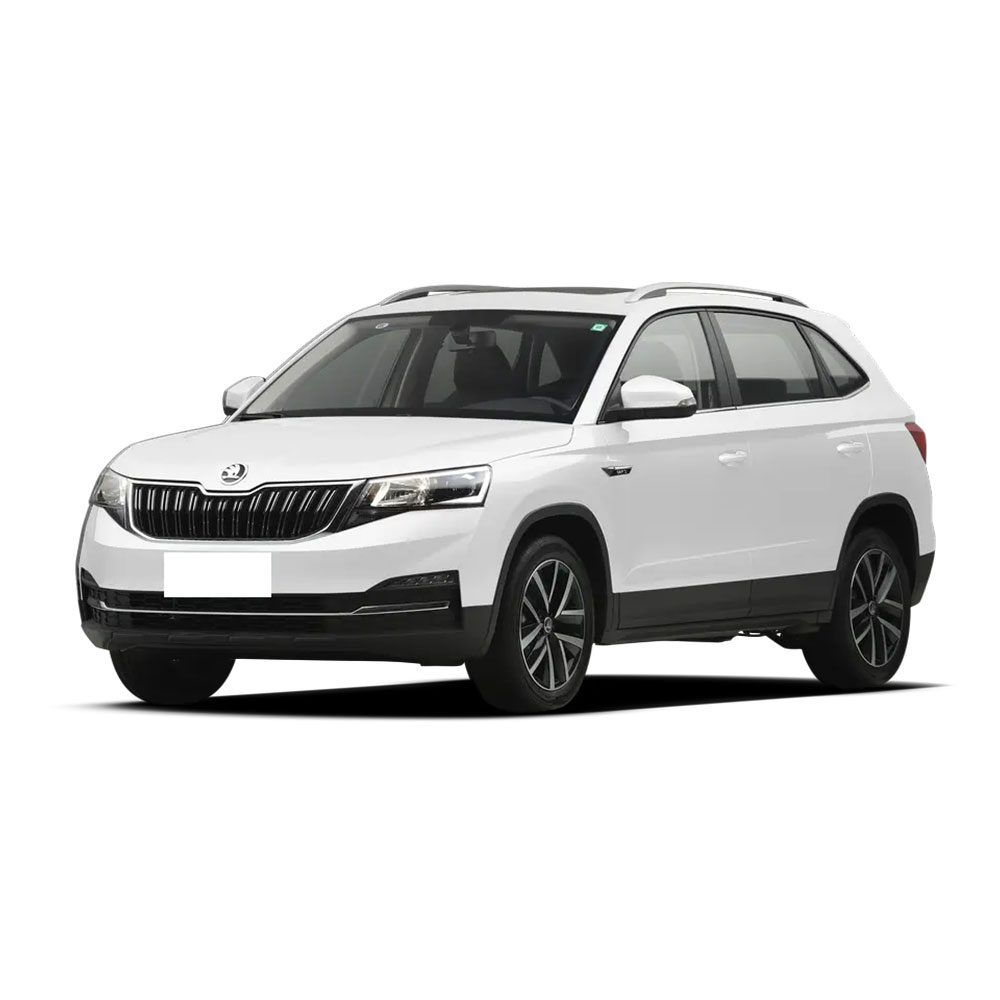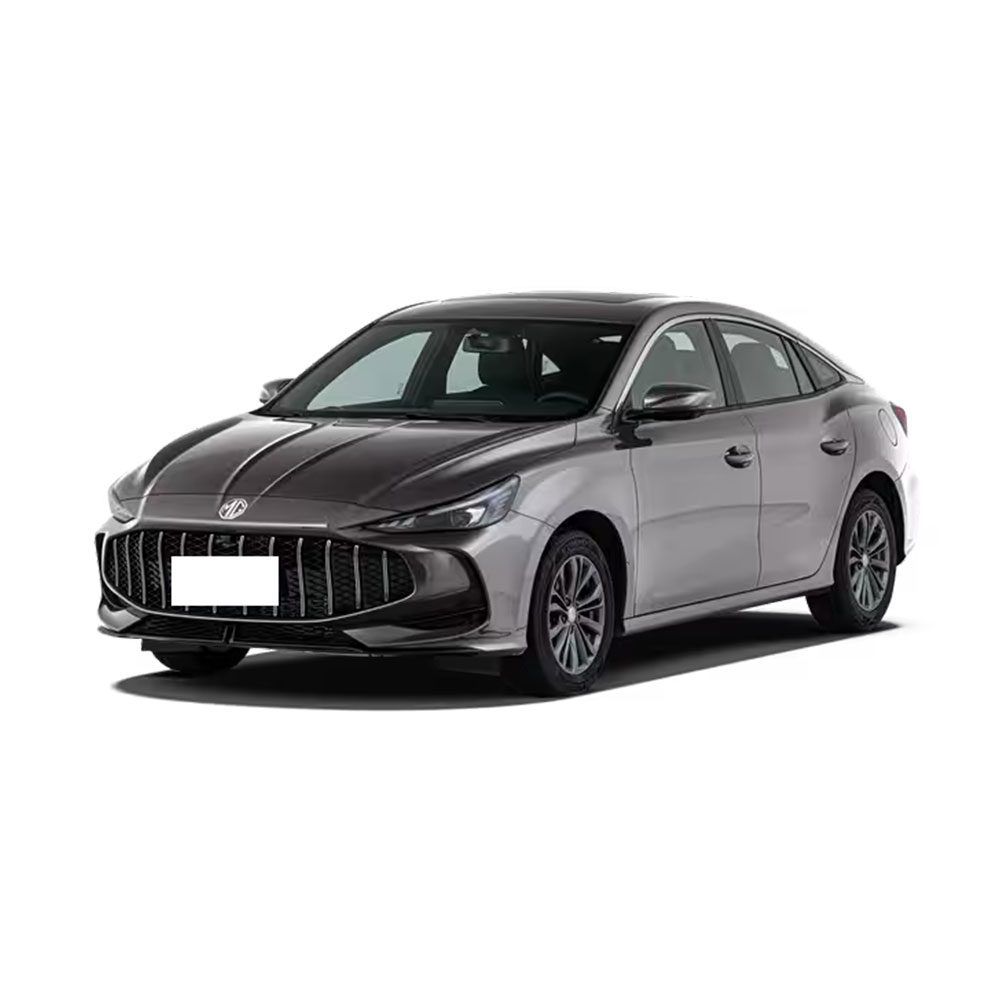
How to Buy a Chinese Car in Tanzania: Where to Start
Ahcarsale’s Guide to Buying Chinese Cars in Tanzania: How much does it cost to import a car from China to Tanzania? What are Tanzania’s car import taxes, how are they calculated? Is buying a Chinese car worth it? This guide answers these questions, making it easy for you to purchase your favorite Chinese car in Tanzania.
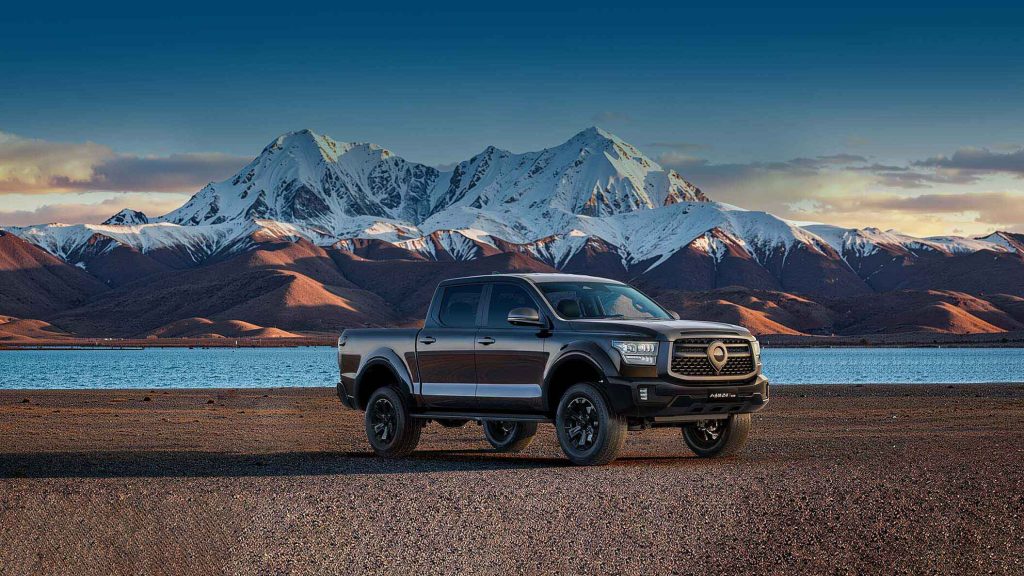
Is Buying a Chinese Car Worth It?
- Chinese Cars Offer Super High Value for Money
In Tanzania’s new car market, Chinese brands account for a high 70%, with brands like FAW Jiefang and Sinotruk dominating the commercial vehicle sector. Compared to used European and American models (making up 83% of imports), although Chinese new cars are priced higher than used cars, they are far cheaper than Japanese new cars (e.g., Toyota Land Cruiser priced over $80,000). Models like Great Wall pickup trucks and SAIC Hongyan heavy-duty trucks rival European brands in power performance and durability but are priced at only 1/3 to 1/2 of European/American new cars, fitting the consumption capacity of the local per capita GDP ($1,360).
- Chinese Cars Achieve Extreme Cost Control in Tanzania
Chinese automakers reduce tariffs (only 25% for CKD kits vs. 75% for complete vehicles) and shipping costs (over 10,000 nautical miles from China to Tanzania; localization saves 18% logistics costs) through local assembly (SKD mode). Tanzania’s TBC Bank provides industry chain credit to automakers, lowering the car purchase threshold.
- Chinese Cars Have Super Strong Adaptability to Tanzania’s Special Terrain and Road Conditions
Tanzania has complex terrain (over 50% plateau), Chinese automakers have targeted product performance enhancements:
SAIC Hongyan heavy-duty trucks are equipped with high-torque engines, adapting to mountain transportation.
Great Wall Poer pickup trucks passed ANCAP 5-star safety certification, balancing durability and power.
Despite charging pile coverage being only 0.3%, Chinese new energy vehicles already exceed 5,000 units. Models like BYD electric buses and Skyworth SUVs alleviate insufficient charging facilities by being equipped with onboard chargers.
- Chinese Car After-Sales Service Like Maintenance is Quite Perfect in Tanzania
Leading brands like FAW Jiefang and Sinotruk, with over 20 years of deep cultivation, have established complete after-sales systems (parts warehouses, authorized repair points), solving the pain point of “difficult car repair in Africa”. Chinese brands offer a 1-year warranty and pre-stock common spare parts. For example, Sinotruk set up a parts center in Tanzania, shortening the repair cycle to 48 hours. Additionally, Tanzania explicitly welcomes Chinese new energy vehicle manufacturers to set up factories to promote sustainable development.

How to Buy a Chinese Car?
Step 1: Choose a vehicle suitable for Tanzania.
You need to consider not only your own needs but also factors like Tanzania’s terrain, road conditions, and infrastructure development.
Important Factors:
Durability: Choose a vehicle that can adapt to Tanzania’s complex terrain.
Fuel Efficiency: Given rising fuel prices, choosing a fuel-efficient car is crucial.
Parts Availability: Ensure spare parts for the model you choose are widely available in Tanzania, making future vehicle repairs more convenient.
Regarding specific model selection, you can first understand Chinese car brands, then choose specific models under that brand. (For example: Chinese car dealer Ahcarsale, specializing in exporting Chinese cars globally. You can go to the Ahcarsale official website to learn about Chinese cars.)
Step 2: Understand Tanzania’s vehicle import regulations.
Vehicle Age Restriction: Tanzania restricts imported vehicles to those less than 10 years old. Vehicles over 10 years require an additional excise duty.
Pre-shipment Inspection: Every car imported into Tanzania must pass a pre-shipment inspection to verify the vehicle’s roadworthiness and its compliance with environmental standards.
Required Documents: You will need the original vehicle registration documents and the Pre-shipment Inspection Certificate.
Step 3: Purchase and ship the vehicle.
RORO (Roll-on/Roll-off): The most cost-effective shipping method. RORO transports vehicles by driving them onto the ship.
Container Shipping: If you want extra protection for your vehicle, container shipping can be used. This method is more expensive but offers higher security.
Tanzania’s main port for car imports is Dar es Salaam, which is an import hub for cars in Tanzania and neighboring countries.
Step 4: Complete Customs Clearance
After your vehicle arrives in Dar es Salaam, it must go through customs clearance before it can be registered. You need to prepare the following documents:
Bill of Lading (issued by the shipping company)
Commercial Invoice or Proof of Purchase
Pre-shipment Inspection Certificate
Original Vehicle Registration Documents
Your Identification (Passport or National ID)
Step 5: Vehicle Registration and Purchase of Vehicle Insurance.
After customs clearance, the next step is to register the vehicle with the Tanzania Revenue Authority (TRA). To register a vehicle in Tanzania, the following steps must be completed:
Pay registration fees and taxes.
Obtain license plates and a road license.
Ensure your car passes an emissions test if required.
In Tanzania, at least third-party vehicle insurance is mandatory to drive a vehicle on public roads. Comprehensive car insurance is highly recommended as it covers theft, damage, and other potential risks.
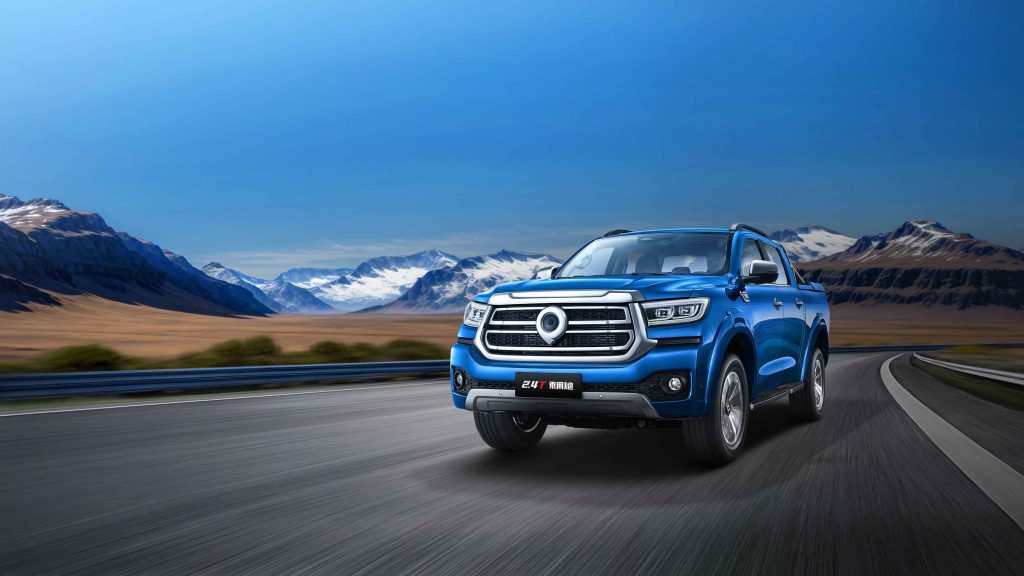
Which Chinese Cars are Popular in Tanzania?
I. Pickups & SUVs: Main Popular Models
- Great Wall Poer Series (Commercial/Passenger Pickups)
Market Performance: Recently delivered 200 Great Wall Poer units to Tanzanian dealers, becoming the best-selling Chinese pickup brand locally.
Core Advantages:
Power Diversity: Offers diesel, petrol, and hybrid (e.g., Shanhai Poer HEV) versions, adapting to plateau and mountainous road conditions (Tanzania plateau accounts for over 50%).
Safety Certification: Shanhai Poer HEV received Australia’s ANCAP 5-star safety rating, full marks in multiple tests.
Localized Marketing: Sponsors events like South Africa’s Beach Run and Australia’s Ironman Triathlon, integrating into local culture.
- Baojun 530 (Compact SUV)
Official Endorsement: Used as diplomatic vehicles by the Tanzanian Embassy in China, recognizing its reliability and spaciousness.
Product Features:
5/6/7-seat flexible layout, powered by 1.5T+CVT, meeting family and business needs.
Global model background: Sold overseas under brands like Chevrolet Captiva and MG Hector, with high technological maturity.
II. Commercial Vehicles: Mainstay of Logistics Transport
- Sinotruk HOWO TX Premium Truck
Logistics Sector First Choice: Launched in Dar es Salaam in 2025 by Green Power Vehicle, promoting “German Technology + Fuel Economy”.
Technical Highlights:
Equipped with a 430-horsepower MC11 engine + AMT transmission, fuel consumption only 35L/100km, 15% lower than competitors.
Perfect local service network, parts supply covers all of Tanzania.
- SAIC Hongyan Heavy-Duty Truck
Localized Production: Assembled via SKD mode, reducing terminal price (30% lower than imported complete vehicles).
Adaptability Optimization: High-torque engine specifically designed for mountain transport, annual failure rate below 15%.
III. New Energy Models: Policy-Driven Potential Market
- BYD Electric Bus
Government Cooperation Project: Responding to the “Electric Vehicle Promotion Act”, but limited by charging infrastructure (0.3% coverage), actual operation rate is about 60%.
Solution: Equipped with an onboard charger to alleviate unstable grid issues.
- Great Wall Shanhai Poer HEV (Hybrid Pickup)
Award Endorsement: First hybrid model to win the South African Pickup of the Year award, balancing fuel economy and low emissions.
Tax Exemption Advantage: Electric vehicles are exempt from excise duty, reducing purchase costs.
Popular Models Core Parameter Comparison
| Model | Category | Powertrain | Localization Advantage | Applicable Scenes |
|---|---|---|---|---|
| Great Wall Poer | Pickup | Diesel/Petrol/Hybrid | Local event sponsorship, high cultural integration | Family, Engineering Transport |
| Shanhai Poer HEV | Hybrid Pickup | 2.4T+Plug-in Hybrid | Tax exemption policy + 5-star safety | High-end Business, Eco Needs |
| Baojun 530 | SUV | 1.5T+CVT | Embassy vehicle endorsement | Family Travel, Admin Duties |
| HOWO TX Premium | Heavy Truck | 430HP+AMT | Fuel efficiency leads by 15% | Long-distance Logistics, Heavy Transport |
| BYD Electric Bus | New Energy Bus | Pure Electric | Government project support | City Bus, Scenic Area Shuttle |
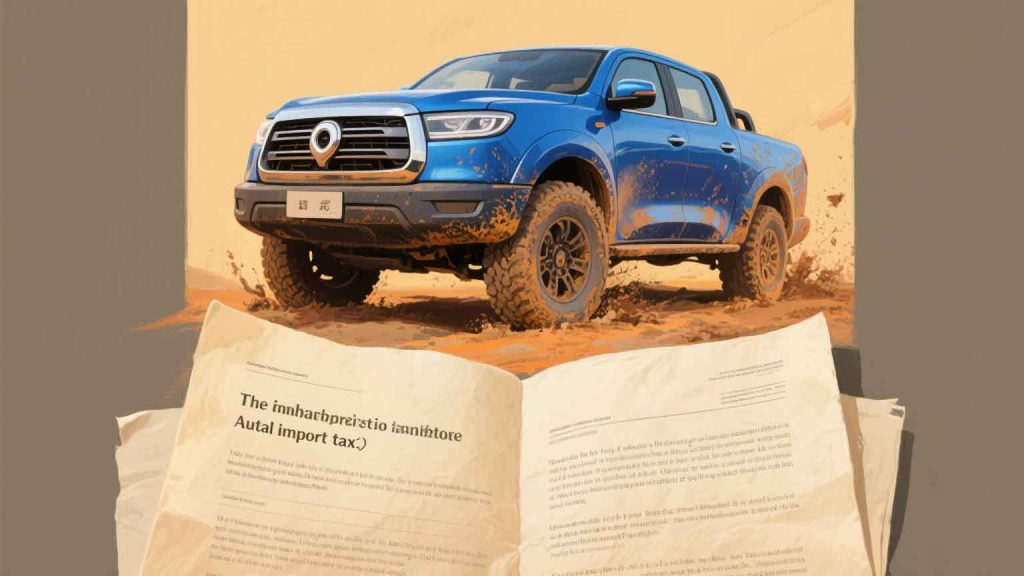
How is Tanzania’s Car Import Tax Calculated?
1. Tax Composition
Import Duty: Fixed 25% (Passenger Vehicles), Commercial Vehicles (Trucks/Buses) 15%
Value Added Tax (VAT): Standard rate 18% (2024 update, replacing the earlier 20%)
Excise Duty: Tiered by engine displacement:
≤1000cc: 0%
1000cc < Displacement ≤2000cc: 5%
2000cc: 10%
Dumping Fee: 30% surcharge for vehicles >10 years old
2. Tax Calculation Basis
Dutiable Value = CIF Price (Cost + Insurance + Freight, i.e., FOB Price + Freight + Insurance)
Formula: Total Tax = CIF Price × (Import Duty Rate + Excise Duty Rate + VAT Rate)
Note: Tanzania has no tax-free threshold; all vehicles require full tax payment.
Tanzania Car Import Tax Calculation Example:
2023 Toyota Corolla (1500cc displacement, 5 years old)
Assumed Parameters:
FOB Price: $10,000
Freight + Insurance: $1,200 → CIF Price = $11,200
Applicable Rates:
Import Duty: 25%
Excise Duty: 5% (Displacement between 1000-2000cc)
VAT: 18%
Calculation Process:
Import Duty = 11,200 × 25% = $2,800
Excise Duty = (11,200 + 2,800) × 5% / (1 – 5%) = $736.84 (Formula reference: Excise Duty = (CIF Price + Import Duty) × Excise Duty Rate / (1 – Excise Duty Rate))
VAT = (11,200 + 2,800 + 736.84) × 18% = $2,652.63
Total Tax = 2,800 + 736.84 + 2,652.63 = $6,189.47
Landing Cost = CIF Price + Total Tax = 11,200 + 6,189.47 = $17,389.47
3. Key Additional Fees and Restrictions
Import Declaration Fee (IDF): FOB Price × 1.12 + $10 (calculated per vehicle)
Pre-inspection Certification (JAAI): All vehicles require a safety inspection by the Japan Auto Appraisal Institute (JAAI), costing approx. $200-$500.
Port Miscellaneous Fees: Include handling fees (~$200), documentation fees ($100), temporary plate fees ($50), totaling approx. $350-$600.
Left-Hand Drive Ban: Tanzania is a right-hand drive country/region; import of left-hand drive vehicles is prohibited.
4. Commercial Vehicle Tax Incentives
Lower tax rates apply to Buses/Trucks/Pickups:
Import Duty: 15% (Lower than 25% for passenger cars)
Excise Duty: 0%
VAT: 18%
Combined Tax Rate = 15% + 18% + (15%×18%) = 35.7% (Compared to 50%-60% for passenger cars)
Additionally, the Tanzania Revenue Authority (TRA) website has an online tariff calculator. You can calculate before purchasing by entering the vehicle’s detailed information.
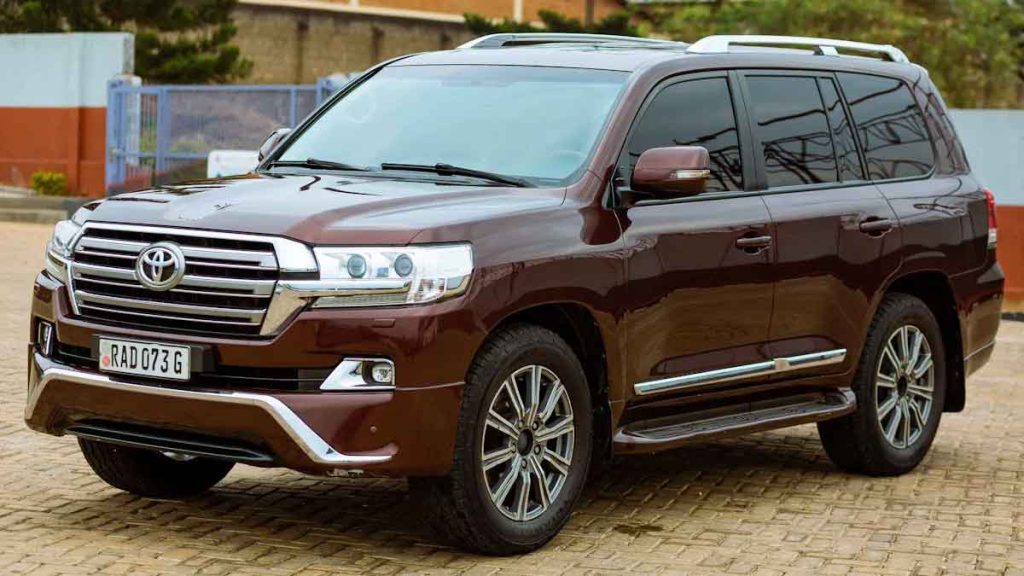
How to Register an Imported Chinese Car in Tanzania?
I. Pre-Registration Preparation: Document Compliance Review (3-7 days)
Core Document Checklist:
Import Customs Clearance Proof: TANSAD Customs Declaration Form and Release Order issued by Customs (containing CIF value, VIN, etc.)
Tax Payment Receipts: Bank payment slips proving payment of Import Duty, VAT.
Vehicle Legitimacy Documents:
New Car: Original Factory Invoice and Certificate of Conformity from Chinese manufacturer (requires English notarization).
Used Car: Registration Cancellation Certificate from country of origin and SADC Interpol Letter (for stolen vehicle verification).
Roadworthiness Certificate: Issued by Tanzania Bureau of Standards (TBS), proving compliance with right-hand drive, emission standards (Euro 4+).
Owner Qualification Documents:
Individual Owner: TIN Certificate, Valid ID/Passport, Proof of Residence.
Corporate Owner: Company Registration Certificate (issued by BRELA), TIN Number, Power of Attorney for Legal Representative.
Avoid Pitfalls:
Chinese-made left-hand drive vehicles require a Right-Hand Drive Conversion Certificate issued by a TBS-certified body; otherwise, registration is prohibited.
Vehicles >10 years old require an additional 30% dumping fee and a JAAI pre-inspection report.
II. Electronic Registration Application: 2025 New System Operation Guide
Log in to the TRA Taxpayer Portal
Visit tra.go.tz, register an account using your TIN number, bind mobile phone and email to receive verification codes.
Select the “Motor Vehicle Registration” service module, fill out the MV10 application form.
Key Information Input
| Field | Filling Requirement | Data Source |
|---|---|---|
| Vehicle CC | Fill in actual cc number | Vehicle nameplate |
| Engine Number | Must match Customs Declaration Form | Engine bay imprint |
| Usage Nature | Private/Commercial/Cargo | Insurance policy purpose clause |
| Color | Precise to standard color code | TBS Inspection Report |
Upload Electronic Documents (PDF/JPG format, ≤5MB)
Mandatory List: TANSAD Declaration Form, TIN Certificate, Insurance Certificate, TBS Roadworthiness Certificate.
Supporting Documents: Original Manual (proving safety configuration complies with East African standards).
III. On-site Inspection & Payment: Key Process Control Points
Book Inspection:
System generates an appointment code. Go to the designated inspection center (6 major hubs including Dar es Salaam, Arusha).
Inspection Focus:
Right-hand drive control system (steering column, instrument panel layout).
Emission test (diesel vehicles require DPF particulate filter installation).
VIN and Chassis Number consistency (preventing cut-and-shut vehicles or plate cloning).
Tiered Fee Standard (2025 Update)
| CC Range | Registration Fee (TZS) | Electronic Plate Fee |
|---|---|---|
| 501-1500cc | 200,000 | 50,000 |
| 1501-2500cc | 250,000 | 75,000 |
| >2500cc | 300,000 | 100,000 |
| Data Source: & 7 |
Payment Methods:
Electronic Payment: Pay online via TRA portal (supports Visa/Mobile Wallets).
Bank Transfer: Pay at NMB/CRDB Bank using the system-generated Payment Reference Number (PRN).
IV. License Plate Collection & Compliance Management
Dual License Plate System:
Main Plate: Reflective metal plate (size 440mm×220mm), mounted at the rear.
Auxiliary Plate: PVC material (size 300mm×150mm), placed at the lower right corner of the front windshield.
Electronic Document Management:
Digital Registration Card: Download the electronic Registration Card (with encrypted QR code) from your TRA account.
Annual Inspection Reminder: System automatically pushes Roadworthiness re-inspection notifications (new cars: first inspection at 3 years; old cars: annual inspection).
Ownership Change Handling:
Online Application: Submit transfer form via TRA system, new owner’s TIN is bound in real-time.
Offline Notarization: Buyer and seller sign Transfer Form at a notary office (Stamp Duty payable based on vehicle value).
Special Requirements & Optimization Path for Chinese Vehicles
Compliance Enhancement Suggestions:
RHD Adaptation Proof: Require the manufacturer to provide a Tanzania Specification Confirmation Letter when purchasing (e.g., Great Wall Poer Africa Edition).
Parts Localization: Pre-set warehouses for wearable parts in cities like Dar es Salaam (to avoid failing annual inspections due to missing parts).
Corporate Bulk Registration Green Channel:
With a TIC Investment Certificate (≥$500,000 manufacturing investment), enjoy:
30% registration fee reduction.
Dedicated inspection channel (certificate issued within 48 hours).
Feel Free To Contact Ahcarsale Anytime
More Article
More Cars
Latest Articles

